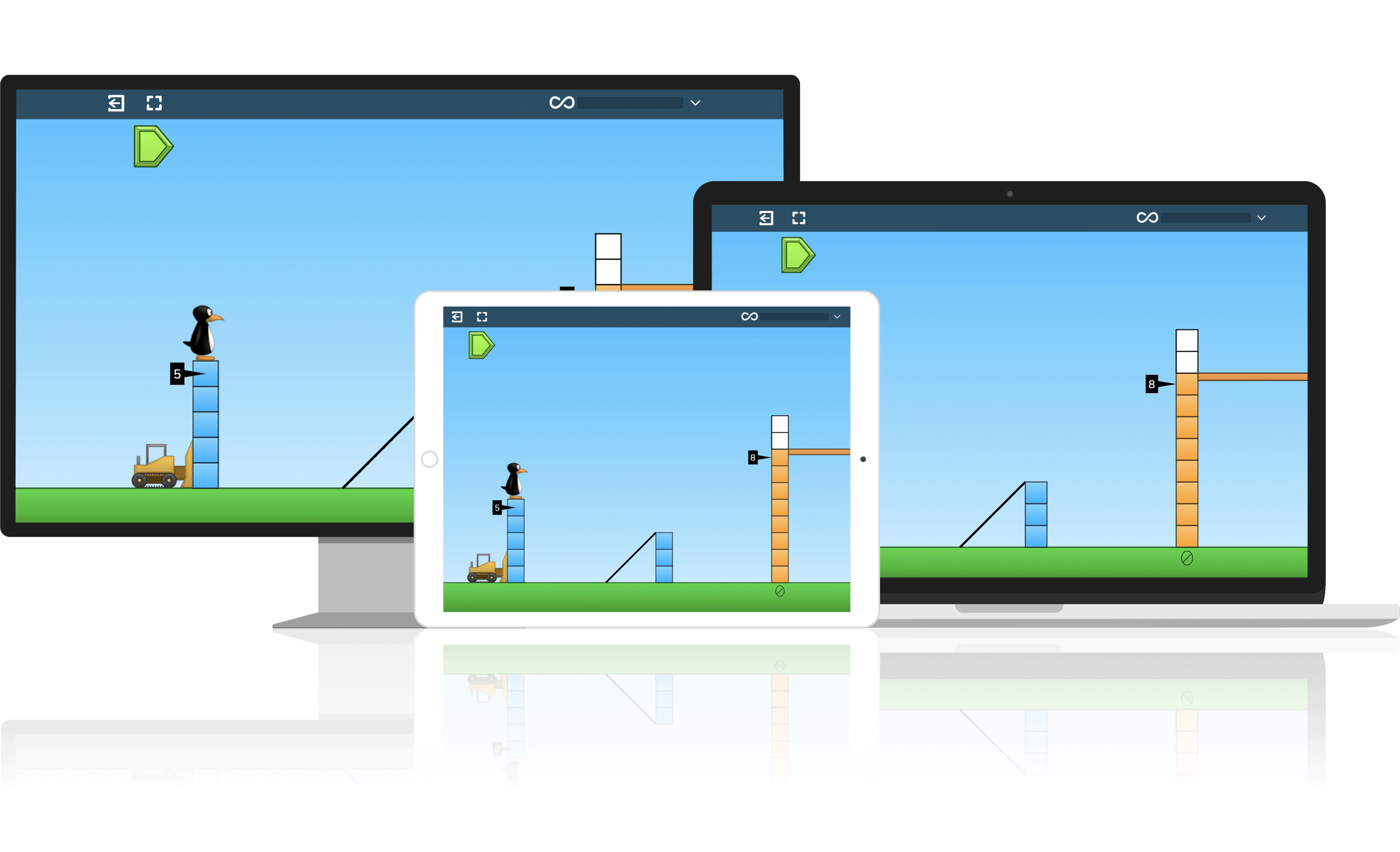Programs
Experience
Services
Educator Topics
Subscribe to the Newsletter
Subscribe to the Blog
Play select games from the ST Math second grade curriculum. Concepts include place value, number line, comparing numbers, and more.
